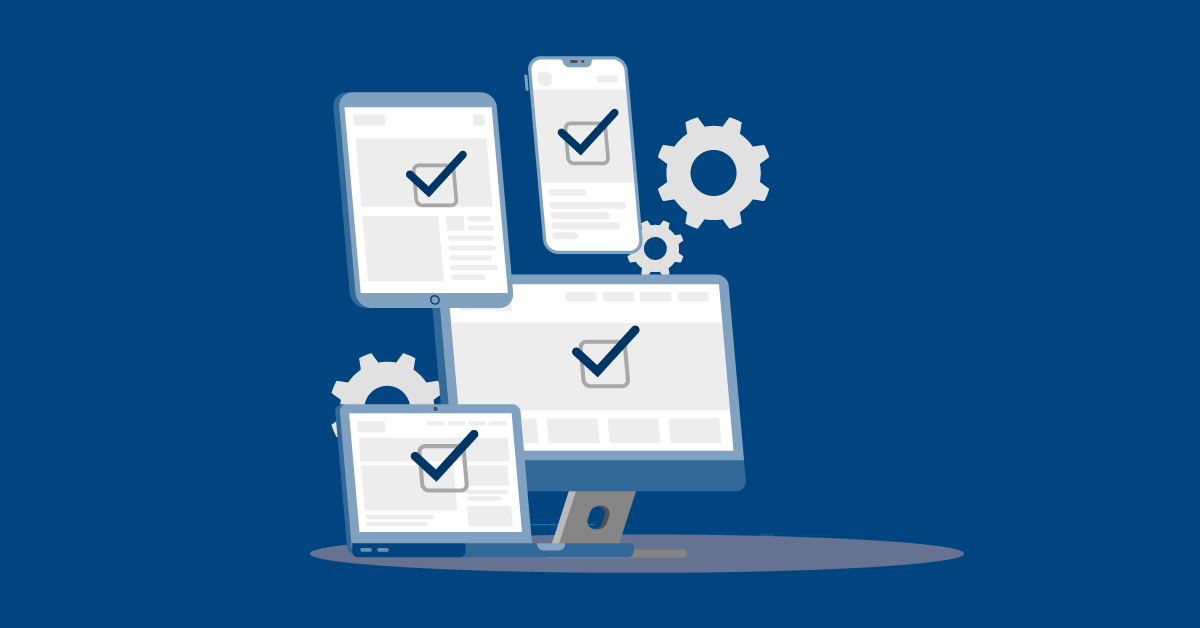Software applications are expected to handle increasingly high volumes of data and user traffic. As businesses grow and user bases expand, the ability to scale and maintain stability becomes indispensable. This is where volume testing comes into play.
Volume testing is a specialized testing technique that focuses on evaluating how well an application can handle large volumes of data. By simulating real-world user loads and subjecting the software to stress tests, volume testing helps ensure that applications are ready to tackle the challenges of scalability and performance in production environments.
Understanding Volume Testing
Volume testing is a performance testing technique that involves simulating high volumes of data, user requests, or concurrent sessions to assess how well an application can handle such loads.
It goes beyond traditional load testing, which primarily focuses on the number of concurrent users or requests, by emphasizing the impact of data volume on the system's performance. Volume testing helps to identify bottlenecks, capacity limitations, and performance degradation that may occur when an application is subjected to large amounts of data.
There are different types of volume testing, and each focuses on different aspects of an application's data-handling capabilities.
For example, database volume testing specifically targets the application's ability to manage and process large volumes of data stored in databases. It involves populating the database with a significant amount of test data and measuring the system's response times, query performance, and resource utilization.
Another type is message queue volume testing, which assesses the application's ability to handle a high influx of messages in a message-oriented middleware system. This type of testing helps identify any limitations or bottlenecks in message processing and ensures the system can handle the expected message volumes without performance degradation.
The Benefits of Volume Testing
Volume testing offers many benefits that contribute to the overall quality and reliability of software applications:
- Uncovering hidden bottlenecks within the system: By subjecting the application to heavy data loads, volume testing can identify limitations in different components, such as databases, APIs, or message queues. This helps development teams pinpoint specific areas that may hinder performance and scalability, allowing them to make targeted improvements.
- Enhancing software scalability: As businesses grow and user traffic increases, applications must be able to handle the rising demand without compromising performance. Volume testing ensures that the application can scale smoothly by simulating high volumes of data and concurrent users. It helps identify the maximum capacity of the system and provides insights into how the application behaves under different load levels. This information is crucial for making informed decisions about infrastructure planning and scaling strategies.
- Improving overall application performance: By exposing areas that are impacted by large data volumes, development teams can focus their optimization efforts on the most critical components. This may involve fine-tuning database queries, optimizing caching mechanisms, or improving resource utilization. Identifying and addressing performance bottlenecks early in the development cycle helps teams deliver faster and more responsive applications to their users.
- Preventing application crashes and outages: Volume testing simulates real-world scenarios with high data volumes to help teams identify potential issues before they occur in production environments. This proactive approach allows development teams to address critical problems, such as memory leaks, resource exhaustion, or concurrency issues, before they cause system failures. By finding and fixing these issues early, organizations can avoid costly downtime and maintain a high level of service availability for their users.
Challenges of Volume Testing
While volume testing offers significant benefits, it also presents several challenges that organizations must address to have effective and reliable testing:
- Setting realistic data volumes for testing: Finding the right balance between testing for extreme scenarios and considering practical resource limitations can be difficult. Organizations need to determine the appropriate data volumes that accurately represent real-world conditions while also being feasible to generate and manage within the testing environment.
- Test data generation: Creating realistic and representative data sets for volume testing requires careful planning and consideration. The test data should closely match the characteristics and distribution of real-world data, including differences in data types, sizes, and patterns. Generating such data sets can be time-consuming and may require special tools or techniques to ensure data quality and consistency.
- Analyzing test results: With large volumes of data involved, effectively interpreting the test results and pinpointing the root cause of performance issues can be challenging. Organizations need to have strong monitoring and analysis tools in place to capture relevant metrics, such as response times, resource utilization, and error rates. Analyzing this data requires knowledge of performance engineering and the ability to connect different metrics to identify performance bottlenecks accurately.
When To Use Volume Testing
Before major deployments, such as releasing a new version of an application or onboarding a significant number of new users, volume testing helps confirm the application's readiness to handle the anticipated growth in data and user traffic. It provides confidence that the system can scale and perform well under the expected load.
Volume testing is also valuable during performance optimization efforts. By identifying areas that are impacted by large data volumes, development teams can focus their optimization strategies on the most critical components. This targeted approach helps prioritize improvements and ensures that the application can handle increasing data volumes efficiently.
As part of regression testing, volume testing verifies that the application remains stable and performant after code changes or updates that might impact data handling. It helps catch any unintended consequences or performance regressions introduced by new features or bug fixes.
Best Practices for Volume Testing
To maximize the effectiveness of volume testing, teams should consider the following best practices:
- Define clear test goals and scope: The testing team should focus on specific areas of the software and define realistic data volume scenarios that align with the expected production environment. This targeted approach makes sure that testing efforts are efficient and relevant.
- Leverage data generation tools: The team should utilize specialized tools to create realistic test data sets that reflect expected user behavior and data types. These tools can help automate the process of generating large volumes of data while maintaining data quality and consistency.
- Monitor system performance metrics: The organization should implement comprehensive monitoring mechanisms to track key performance indicators such as response times, resource utilization, and error rates during volume testing. This data provides valuable insights into the application's behavior under heavy load.
- Analyze test results thoroughly: The team should dedicate time to analyze the volume testing results in depth. They should identify trends, pinpoint performance bottlenecks, and prioritize fixes based on their impact on the overall system performance. This information can be used to guide optimization efforts and improve the application's ability to handle large data volumes.
Conclusion
Software companies need the ability to build robust and scalable applications to thrive. Volume testing plays a crucial role in achieving this goal by verifying that applications can handle large amounts of data and user traffic without compromising performance or stability. By simulating real-world scenarios and subjecting the software to stress tests, volume testing helps identify bottlenecks, optimize performance, and prevent potential outages.
As technology evolves, so do the tools and techniques for volume testing. Emerging trends — such as cloud-based testing — offer organizations the flexibility and scalability to conduct volume testing more efficiently. Cloud platforms provide on-demand resources, allowing teams to simulate large-scale environments and test applications under realistic conditions without the need for extensive in-house infrastructure.
Organizations must integrate volume testing into their software development lifecycle for a smooth and reliable user experience. By incorporating volume testing at various stages, from development to pre-production, teams can proactively identify and address performance issues. This way, applications are ready to handle the demands of real-world usage.











